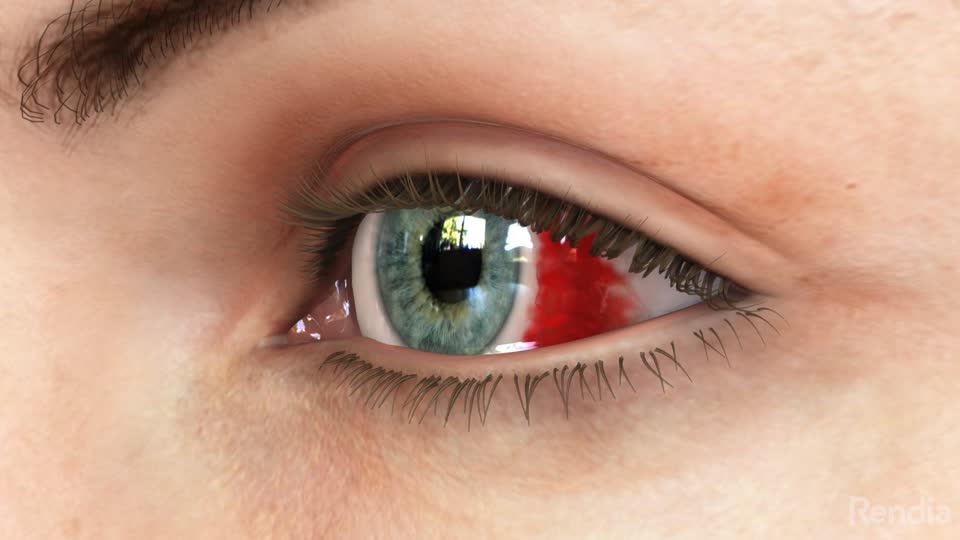

Working with retinal specialists, steps are taken to identify and treat complications. Ophthalmologists can’t undo the blockage once it already has occurred. Here is a patient who has suffered a branch retinal vein occlusion. optical coherence tomography and fluorescein angiogram) done by your retinal specialist can further determine the level of retinal swelling and show how the vein occlusion has affected the blood flow to the eye. In addition, a swollen optic nerve and swelling in the central retina are often found. The doctor will see many hemorrhages occurring within the retinal layers. This finding indicates your vessels may have increased pressure due to an outflow problem which occurs in any vein occlusion. When a retinal specialist looks inside your eye, he can see vessels which are wider and curvier than normal. What is your ophthalmologist looking for? Typically, a central retinal vein occlusion is more severe than a BRVO, and patients experience worse vision and develop more complications due to the poor blood flow patterns that result due to the blockage of the main drainage of the eye. In contrast, a CRVO, or central retinal vein occlusion, affects the main venous drainage of the eye. A BRVO may only affect one-quarter or one-half of the retina, leaving other parts of the retina to function normally. A BRVO, or branch retinal vein occlusion, occurs in one of the smaller veins in the eye. Ophthalmologists use different terminology to describe retinal vein occlusions, depending on where the blockage in the eye occurred. In the rare cases where retinal vein occlusion is not explained by these factors, lab work must be done to search for other, uncommon medical conditions that lead to an increased tendency for blood to clot. Risk factors for retinal vein occlusion include age (your risk increases 10-fold from age 40 to age 65), hypertension, high cholesterol, diabetes, or elevated eye pressure. Oxygen delivery to the retina is reduced and problems such as blurred vision, blind spots, bleeding in the eye, or a painful type of glaucoma can ensue. When blood cannot drain properly, it leads to bleeding and leakage of fluid from blocked blood vessels. This compression leads to partial occlusion of the vein, development of a blood clot, and damage to the blood vessel wall. This arteriolosclerosis leads to a compression of the ocular veins which course under the arteries. Thickening of the walls of your blood vessels occurs in response to increased blood pressure. A major cause of retinal vein occlusions is arteriolosclerosis or the thickening of the blood vessel walls. Retinal vein occlusion is a common eye problem. Retinal vein occlusion is the second most common cause of blindness due to retinal vascular disease after diabetic retinopathy.


 0 kommentar(er)
0 kommentar(er)
